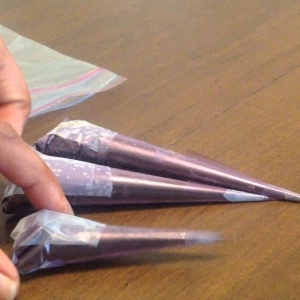Compression springs are widely used in automotive, aerospace, industrial machinery, and consumer products, where they undergo repeated loading and unloading cycles. To ensure reliability and safety, it is essential to evaluate their fatigue life—the number of cycles a spring can endure before failure. Testing the fatigue life of compression springs provides critical insights into material performance, design adequacy, and service life prediction.

Importance of Fatigue Life Testing
Safety Assurance – In safety-critical applications such as braking systems or medical devices, fatigue failure can have serious consequences.
Design Validation – Fatigue tests verify whether a spring design meets expected operational demands.
Material Evaluation – Different spring materials (stainless steel, music wire, alloys) exhibit varied fatigue resistance; testing reveals their real-world performance.
Cost Efficiency – Understanding fatigue life of compression springs helps prevent premature failures, reducing maintenance costs and downtime.
Key Factors Influencing Fatigue Life
Stress Range – Higher stress amplitudes during compression cycles significantly reduce fatigue life.
Surface Finish – Scratches, notches, or corrosion pits act as crack initiation points, accelerating failure.
Material Properties – High-tensile steels, shot-peened surfaces, and corrosion-resistant alloys typically perform better under fatigue conditions.
Operating Environment – Temperature fluctuations, humidity, and corrosive atmospheres can weaken fatigue resistance.
Spring Geometry – Coil diameter, wire thickness, and pitch influence stress distribution, affecting durability.

Methods of Fatigue Life Testing
Constant Amplitude Fatigue Testing
Springs are compressed repeatedly at a fixed load or deflection until failure occurs. This method provides baseline fatigue life data.
Variable Amplitude Fatigue Testing
Simulates real-world conditions by applying fluctuating loads. Useful for automotive and aerospace applications where loading is irregular.
Resonant Fatigue Testing
Springs are vibrated near their natural frequency to accelerate testing. This method helps evaluate performance under high-frequency cyclic loading.
Endurance Limit Determination
Identifies the maximum stress a spring can withstand indefinitely without failure, which is essential for long-term reliability prediction.
Standards and Guidelines
Several industry standards guide fatigue testing of springs, including:
ASTM A125 – For steel springs.
ISO 1143 – General fatigue testing of metallic materials.
SAE J157 – Commonly used in automotive spring testing.
Data Interpretation and Application
Fatigue testing generates S-N curves (stress vs. number of cycles), which allow engineers to estimate service life under specific conditions. The results are used to refine spring design, select appropriate materials, and determine maintenance intervals.
Advancements in Fatigue Testing
Digital Monitoring Systems – Modern fatigue testers use sensors and real-time data logging for precise failure detection.
Finite Element Analysis (FEA) – Combined with experimental results, FEA helps predict fatigue hotspots and optimize spring geometry.
Surface Treatments – Shot peening, nitriding, and coatings are tested for their ability to enhance fatigue resistance.

Summary
Testing the fatigue life of compression springs is a crucial step in ensuring product reliability, safety, and performance. By simulating real-world conditions and applying standardized methods, engineers can better understand the durability of springs and make informed decisions in design and material selection. With advances in testing technology and computational modeling, fatigue life prediction continues to improve, supporting the development of more durable and efficient mechanical systems.







